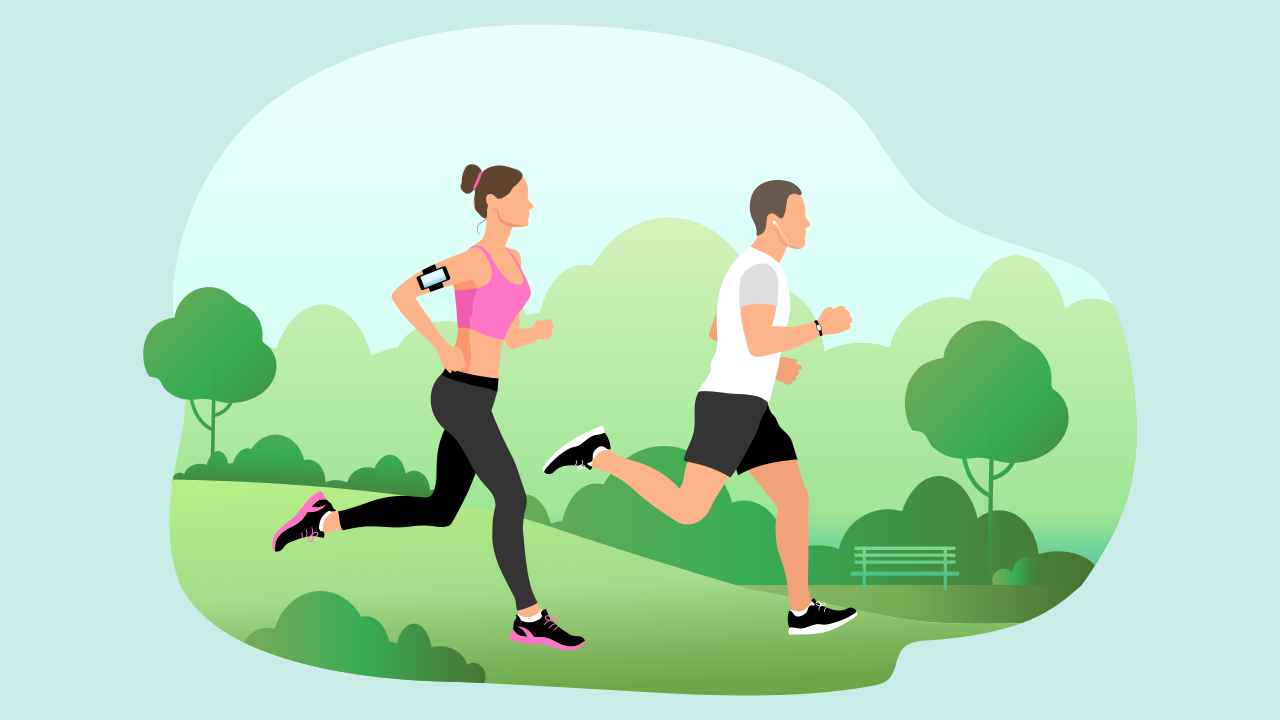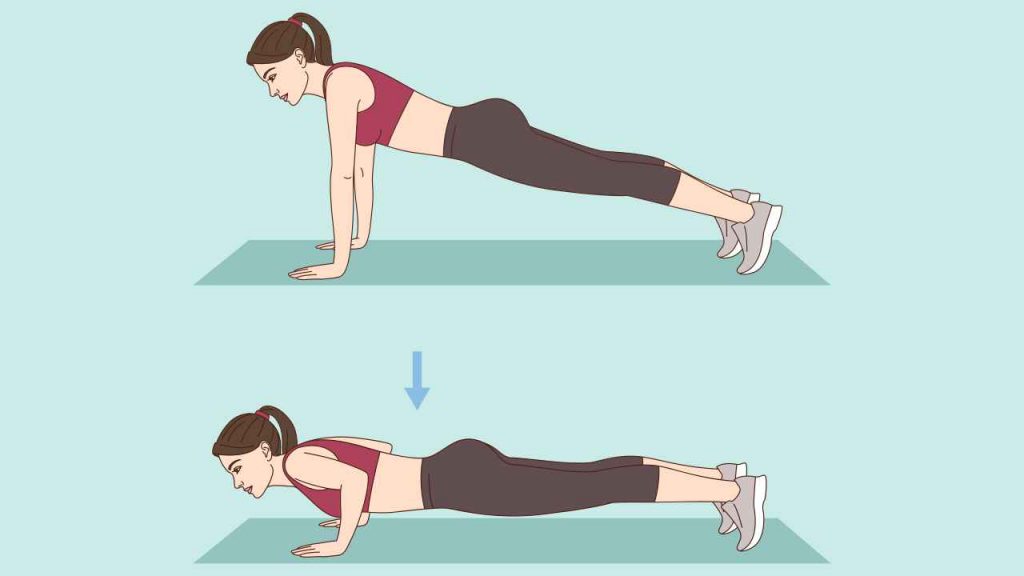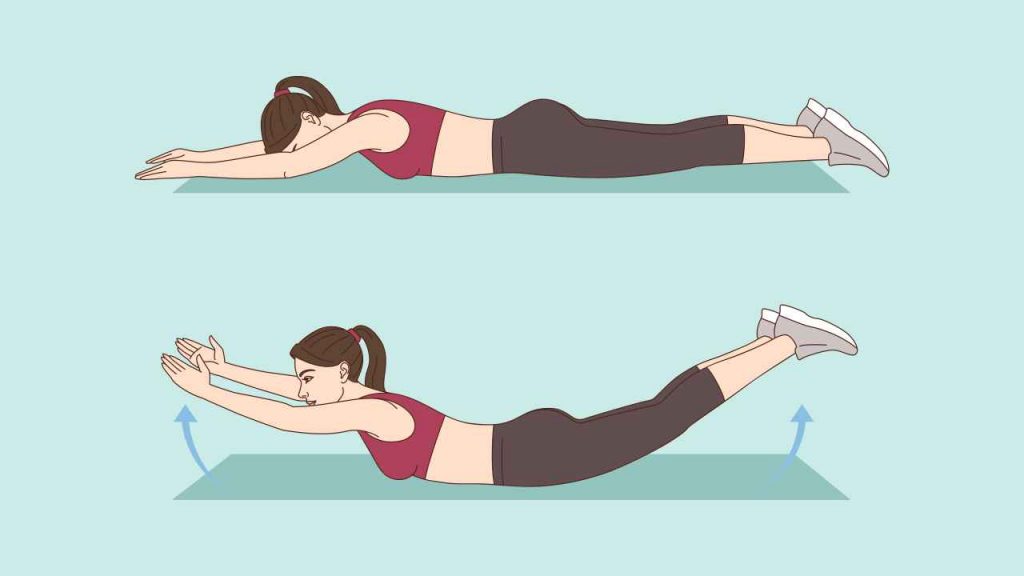
Upper Body Strength Exercises for Runners

It goes without saying that for better athletic performance, you need a strong lower body to sustain the impact of running. However, running is not only about strengthening your lower body — your upper body should be trained to be strong, too. So, if you have been neglecting your upper body, which includes the chest, back, shoulders, and core, there is a chance that your performance might be sub-par.
To understand this, a recent study published in the American Journal of Physical Anthropology confirmed the presence of a neurochemical link between the head and forearm, which brings together the central nervous system, brain, and the muscular system to help drive the movement.
Why do you need to build strong upper body muscles?
To give you more perspective, here are some reasons why training your upper body is crucial for runners:
1. Improves the posture
Your running form will decide your running gait, which is the way you run or move. Most cues for showing proper form will ask you to run tall. In this stance, it is essential to stay upright with your shoulder retracted and your chest open. In order to do this, you need to have a strong back.
In addition, your core has to be strong to prevent your upper body from collapsing into a slouch. The core comprises the lower back and abdominals. It is the strength in your lumbar region and your internal and external obliques that will allow you to keep proper form even when fatigue takes over.
2. Results in an improved arm swing
Cadence or number of steps per minute is a key factor in the speed of running. The rhythmic strides that you take are a consequence of your arms and legs moving in unison to an internal beat. While sprinters use the pumping of arms to provide momentum and speed, in distance running you need to ensure you keep a smooth rhythm with an arm swing that synchronizes with your stride. Arms that are not strong will tire as you experience fatigue in your long runs. As a result, your form and rhythm may falter.
One way of understanding the importance of arm swing is to run with your arms on the side, relaxed. You will realize that it takes more effort to propel your body further and puts a strain on your hips, legs, and back. To ensure strong arms and shoulders, you need to train them accordingly by performing suitable strength training exercises.
3. Leads to enhanced muscle glycogen
The body stores carbohydrates in the form of glycogen within muscle cells. Running causes the legs to undergo adaptation for strength and hypertrophy. Moreover, it increases muscle glycogen storage. However, if you train your upper body, the increased musculature will mean that muscle glycogen gets stored and rises over there as well. This will result in raising the total size of your gas tank and delay glycogen depletion, which is a dreaded factor during long races.
4. Lowers the risk of injury
During movement, the upper and lower body are connected in a kinetic chain. This means that the entire body has to function as a single unit. The core is the point at which there is a transfer of power from the upper body to the lower body and vice versa. So when you run, and your core is weak, it can compromise your posture and gait. This will indicate that your body will attempt to compensate the weaker sections by transferring loads to stronger sections. These sections can get overloaded, leading to injury.
Upper body workouts
Here are some upper body workouts that you can perform to build your upper body strength.
1. Push-ups

This exercise will target the chest and triceps. Place your hands a little wider than shoulder-width apart and your legs extended behind, so that you are now balanced on hands and toes. Keep the glutes and core tight and lower your body slowly until your chest is close to the ground. Now, push back to the start position quickly so that it is a bit explosive.
Do about three to four sets of push-ups. Each set should comprise anywhere between six to 10 reps. Between every set, there should be adequate rest periods.
2. Superman

This exercise targets the upper back and lower back with some effect on the hamstrings and glutes. To perform this workout, you need to lie on your stomach on the floor with your arms extended above your head and face close to the ground. Now, raise your arms, head, shoulders, and feet off the floor, keeping your knees locked. Hold this position for 2–3 seconds and then lower down.
You may do three to four sets. Each set should contain about eight to 12 reps. Ensure you get sufficient rest between every set.
3. Plank

This is an excellent exercise for targeting the entire core. To do this workout, you may begin in a face-down position on the floor on your forearms and toes. Make sure your elbows are exactly below your shoulders to prevent the shoulder joint from seeing excessive loading. Keep the head relaxed and look at the floor. Keep the entire body rigid and hold this position for 15 seconds. Release and lie on the floor to recover. Build up to 45 seconds progressively. A variation of this exercise is to either lift one hand or one leg off the floor or the opposite arm and leg for an additional challenge. You may check the above visual to get better clarity.
4. Inverted rows

This is the most effective exercise for building upper back and arm strength. To do this, find a bar, railing, edge of a table, or rings to hold on to. Keep your body stretched in a straight line with your feet on the floor. Pull your chest up towards the bar or table slowly and then gradually lower yourself.
Do about three to four sets. Each set may contain five to eight reps. Make it a point to rest between every set.
5. Pike push-up

This is an amazing exercise to build shoulder strength and the core. Before you attempt this workout, it is essential to acquire proper form in the standard push-up exercise explained above. Once you are well-versed with that exercise, you may:
- Get into a plank position on the floor
- Lift your hips and back until your body forms an inverted V shape. For this, you will need to walk your feet forward a little while keeping your arms in the same position. Keep the legs straight with the knees locked
- Bend the elbows and lower your head and shoulders toward the floor in between the point where your palms are placed
- Hold for a moment and then slowly push back up until your arms are straight and you are back in the inverted V position. Make sure you maintain control throughout the movement
When should you train?
Generally, it is beneficial for your running performance if you take a full-body approach instead of isolating it. You can incorporate strength training exercises twice to thrice per week when not actively racing, and once to twice weekly while preparing for a race.
You need not isolate upper body strength training. However, ensure that you do a mix of upper body and lower body workouts. When you focus on a holistic approach, you will see a change in your posture and gait while running, which will translate to better performance.














